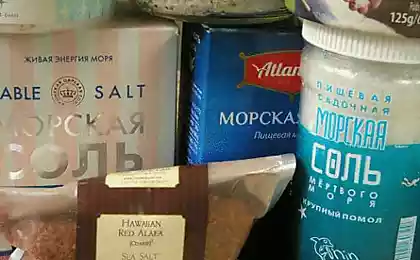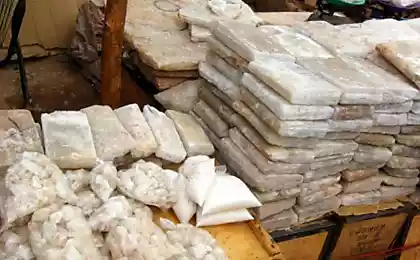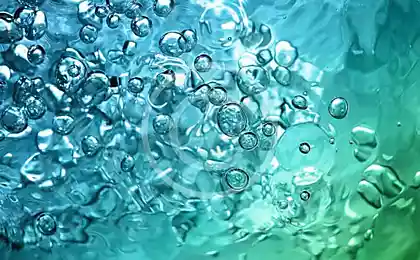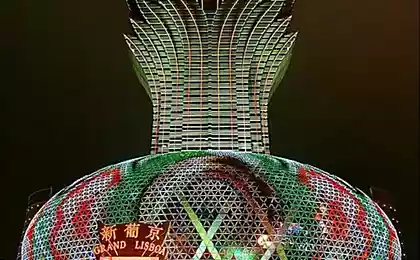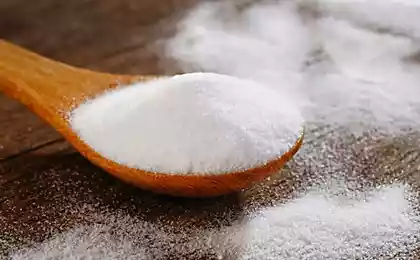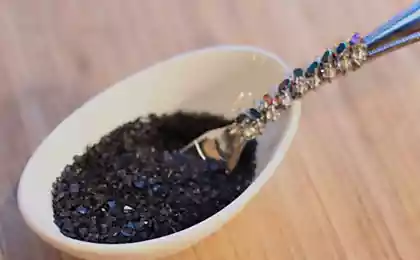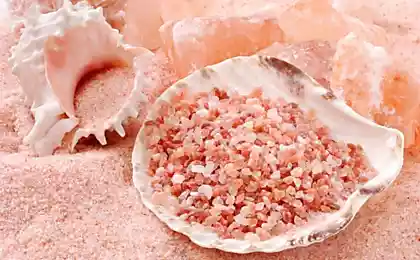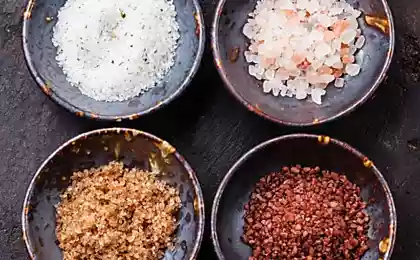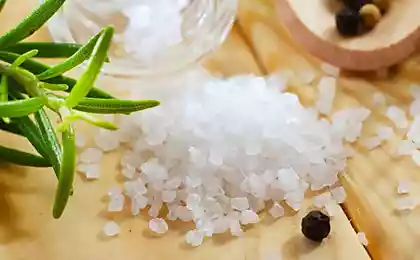520
Dutch architect plans to build in the desert city of salt
Unusual new building material, recently developed by the architect, graduate of Delft University of technology, can solve several pressing environmental issues at once. Using what he calls a "biomimetic" approach, Eric Gebers (Eric Geboers) uses solar energy to obtain salt from sea water.
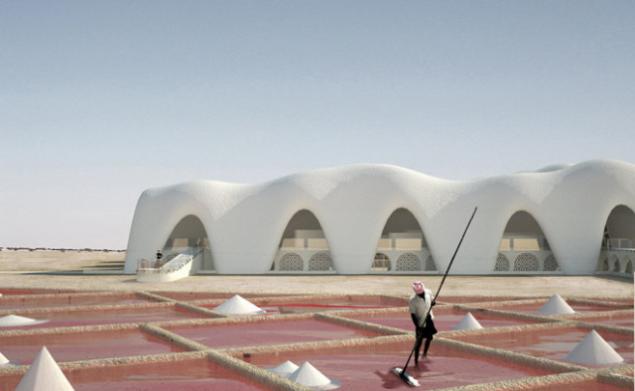
The obtained salt is then mixed with starch derived from sea algae, to create the bricks, which have a greater compressive strength than soil, and can be used for the construction of aesthetically pleasing buildings in arid areas. Desalinated water, meanwhile, will be used to grow food.
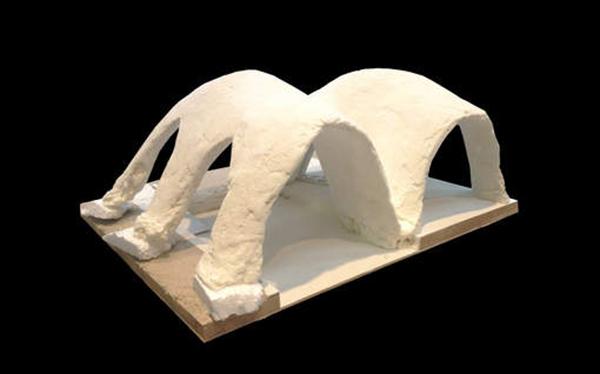
"Every minute of every day 23 hectares of arable land turn into desert, leading to a staggering number of 12 million hectares of land every year is lost," writes the architect on his website. "52% of land used for agriculture is suffering, it leads to problems for the 1.5 billion people around the world.
At the same time, the world population is constantly growing, by the year 2048 will be around 9 billion... which means increased demand for food and the threat of rapid degradation of the quality of our soils because of exhaustion."
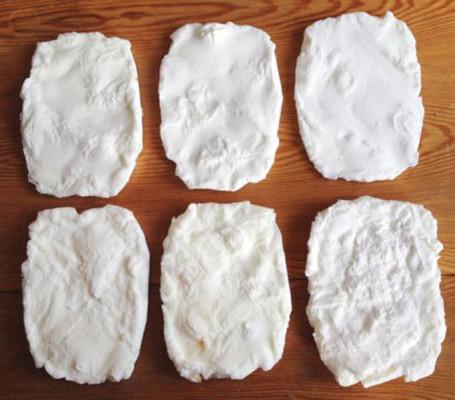
Hibors aimed at creating a closed system that will produce zero waste. Unlike traditional desalination technology where a concentrated salt solution is pumped back into the sea, harming the marine ecosystem recovered salt can be reused as a sustainable material for construction of buildings. As it has greater compressive strength, the most convenient to use such material as the domes and arches.
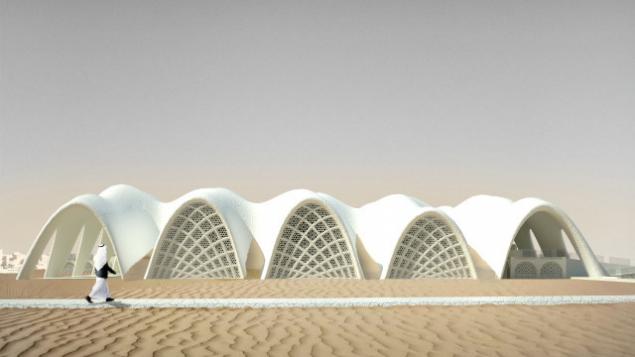
Salt, of course, do not react well when exposed to moisture, so Hibors seals starchy salt bricks epoxy resin. As it is a material based on plastic, the architect is now looking as the environmental alternative to plastic bio-based.
As a by-product of the desalination process it turns out distilled water, which can then be used to grow food in greenhouses — by analogy with the Sahara project, which successfully grows crops in Qatar.
The architect has already received a range of awards for their innovative design, and currently he is looking to team up with engineers to translate your project to the next level.
Hibors even developed a master plan for the salt city Lusail built the city to the North of Doha, Qatar. Gulf countries are particularly well suited for this kind of innovative architecture in connection with limitation of freshwater resources and widespread access to salt water, severe dryness, and a growing population, which almost entirely depends entirely on food imports.published
P. S. And remember, only by changing their consumption — together we change the world! ©
Join us in Facebook and in Vkontakte, and we're Classmates
Source: www.facepla.net/the-news/5183-города-из-соли.html

The obtained salt is then mixed with starch derived from sea algae, to create the bricks, which have a greater compressive strength than soil, and can be used for the construction of aesthetically pleasing buildings in arid areas. Desalinated water, meanwhile, will be used to grow food.

"Every minute of every day 23 hectares of arable land turn into desert, leading to a staggering number of 12 million hectares of land every year is lost," writes the architect on his website. "52% of land used for agriculture is suffering, it leads to problems for the 1.5 billion people around the world.
At the same time, the world population is constantly growing, by the year 2048 will be around 9 billion... which means increased demand for food and the threat of rapid degradation of the quality of our soils because of exhaustion."

Hibors aimed at creating a closed system that will produce zero waste. Unlike traditional desalination technology where a concentrated salt solution is pumped back into the sea, harming the marine ecosystem recovered salt can be reused as a sustainable material for construction of buildings. As it has greater compressive strength, the most convenient to use such material as the domes and arches.

Salt, of course, do not react well when exposed to moisture, so Hibors seals starchy salt bricks epoxy resin. As it is a material based on plastic, the architect is now looking as the environmental alternative to plastic bio-based.
As a by-product of the desalination process it turns out distilled water, which can then be used to grow food in greenhouses — by analogy with the Sahara project, which successfully grows crops in Qatar.
The architect has already received a range of awards for their innovative design, and currently he is looking to team up with engineers to translate your project to the next level.
Hibors even developed a master plan for the salt city Lusail built the city to the North of Doha, Qatar. Gulf countries are particularly well suited for this kind of innovative architecture in connection with limitation of freshwater resources and widespread access to salt water, severe dryness, and a growing population, which almost entirely depends entirely on food imports.published
P. S. And remember, only by changing their consumption — together we change the world! ©
Join us in Facebook and in Vkontakte, and we're Classmates
Source: www.facepla.net/the-news/5183-города-из-соли.html
